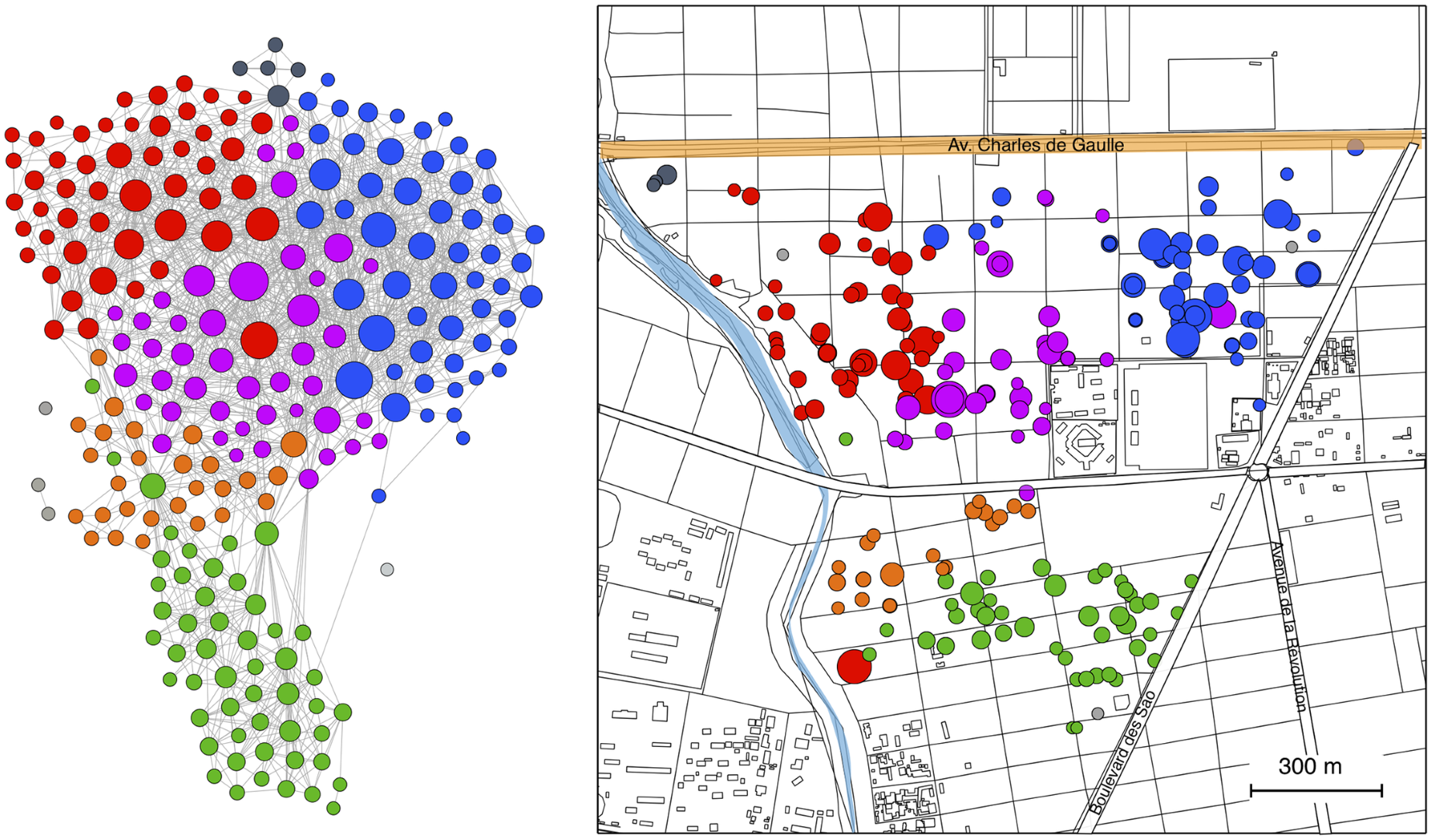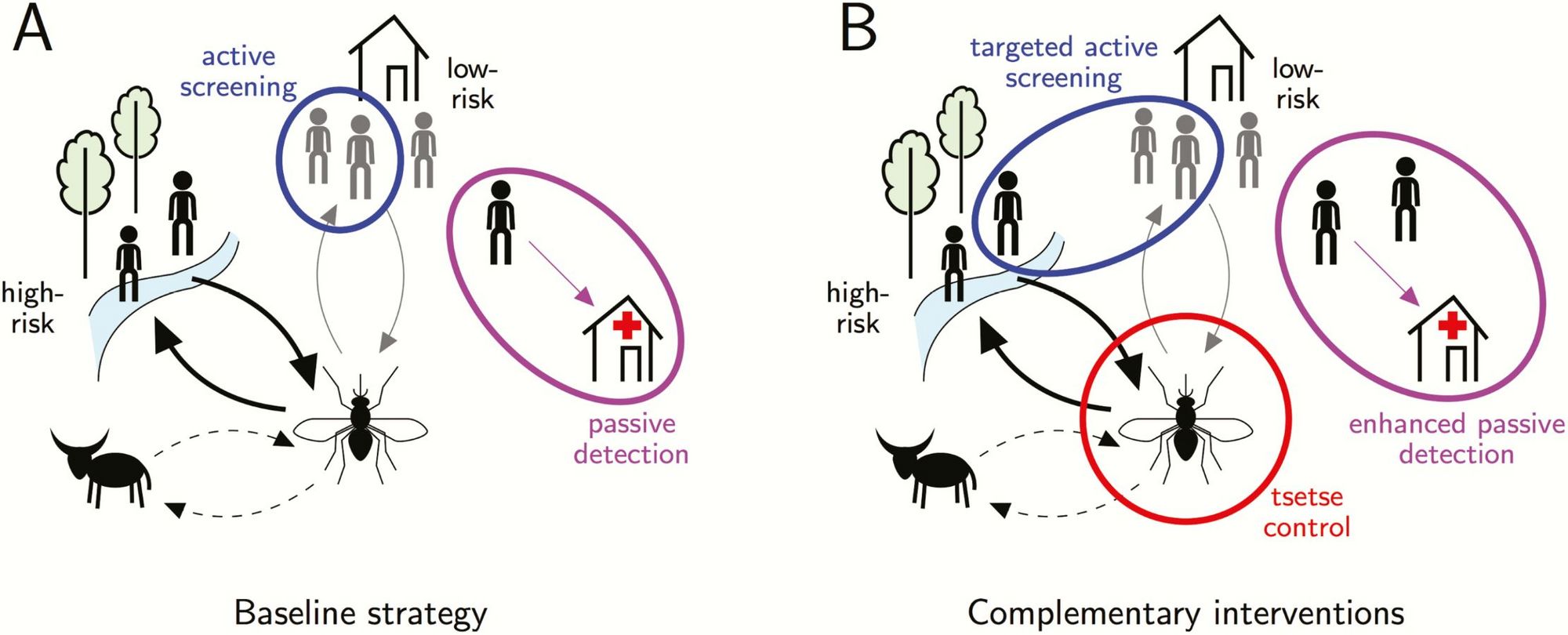Group | Mathematical Epidemiology

The research group Mathematical Epidemiology focuses on the intersection between mathematics, epidemiology and ecology. We combine field and laboratory data with theoretical and computational models to improve understanding of population, infection and disease dynamics, focusing on malaria and neglected tropical diseases.

Nakul Chitnis
PhD, PD Dr.
Group Leader
+41612848242
,
*
nakul.chitnis@swisstph.ch
Selected Projects

Opisthorchis Modelling
By developing models of the transmission dynamics of food-borne trematodes, such as liver flukes, we elucidate the role of reservoirs hosts in maintaining transmission in rural areas of Lao PDR, and determine the impact of intervention strategies on reducing morbidity. Read more about the SNF project
NTD Modelling Consortium
As a member of the Neglected Tropical Diseases Modelling Consortium, we advise global bodies and national control programmes on the feasibility and ideal strategies for achieving human African trypanosomiasis elimination targets. More information about the consortium can be found here, as well as a study on Assessing Strategies against Gambiense Sleeping Sickness through Mathematical Modeling.

Latest Publications
All PublicationsMoriarty K, Champetier A, Galli F, Dürr S, Chitnis N. Identifying effective surveillance measures for swine pathogens using contact networks and mathematical modeling. PLoS One. 2025;20(8):e0329714. DOI: 10.1371/journal.pone.0329714
Shirima G, Masserey T, Gervas H, Chitnis N, Kiware S, Mirau S. Assessing the role of community involvement and capacity building in larviciding applications for malaria control in Africa: a scoping review. Curr Res Parasitol Vector Borne Dis. 2025;8:100307. DOI: 10.1016/j.crpvbd.2025.100307
Trevisin C et al. A spatially explicit model of the dynamics of Opisthorchis viverrini spread. Ecohydrology. 2025;18(2):e2754. DOI: 10.1002/eco.2754
Zhao Z et al. Crafting an innovative one health-aligned machine learning framework for neglected tropical diseases elimination. J Adv Res. 2025(in press). DOI: 10.1016/j.jare.2025.07.023
Anyanwu U et al. A mathematical model of animal-human brucellosis transmission in Armenia: implications for prevention and control. CABI One Health. 2024;3(1). DOI: 10.1079/cabionehealth.2024.0020
 Alonso Bussalleu
Alonso Bussalleu
 Aurélien Cavelan
Aurélien Cavelan
 Daniella Figueroa-Downing
Daniella Figueroa-Downing
 Daria Hofer
Daria Hofer
 Alexis Martin
Alexis Martin
 Pablo Martinez de Salazar
Pablo Martinez de Salazar
 Thiery Masserey
Thiery Masserey
 James Munday
James Munday
 Louis Perriens
Louis Perriens
 Maximilian Richter
Maximilian Richter
 Fabian Schär
Fabian Schär
 Taru Singhal
Taru Singhal
 Swapnoleena Ventura Sen
Swapnoleena Ventura Sen